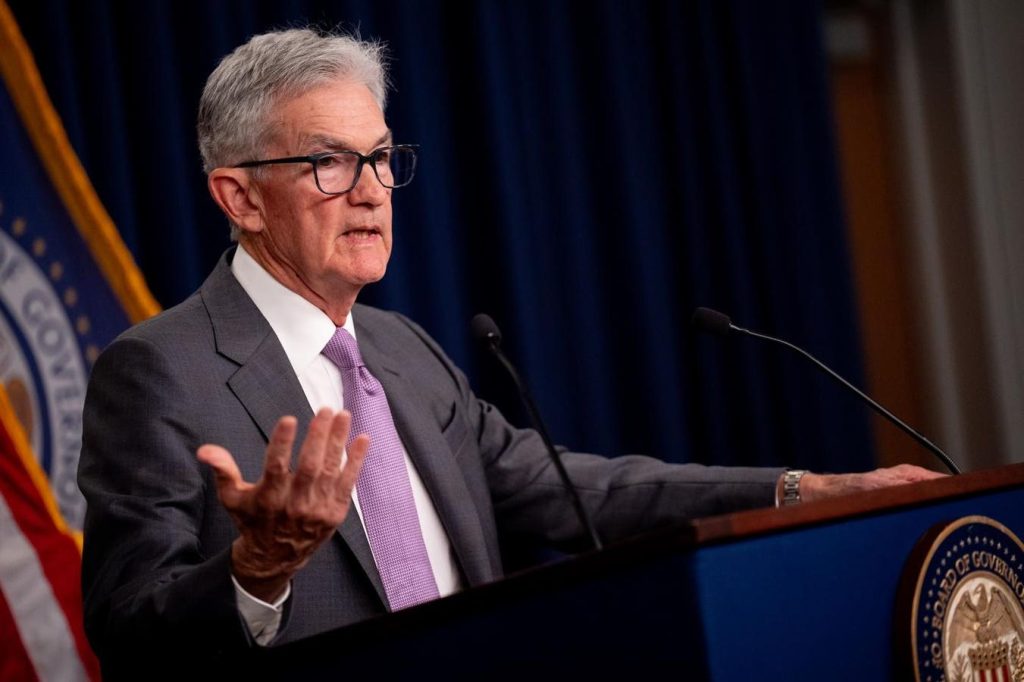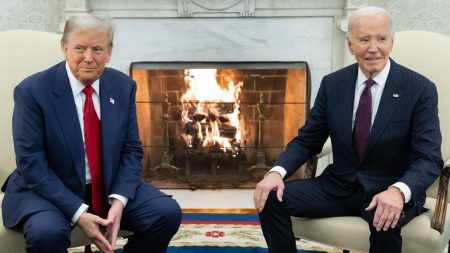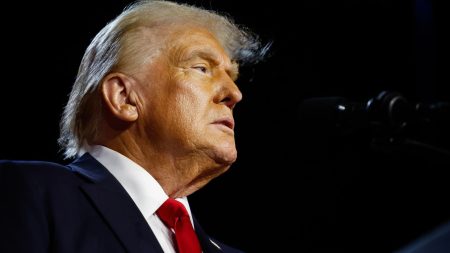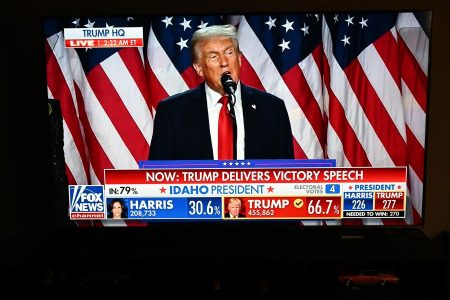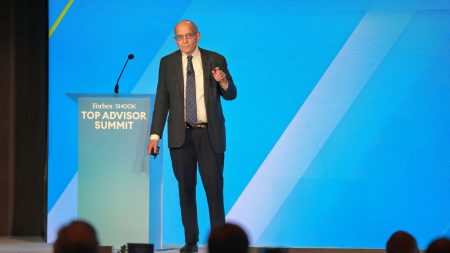For the vast majority of people in the U.S., the Federal Reserve’s interest rate decisions don’t directly matter much. Sure, if under a run of inflation growth that the country saw from what was considered the 2% “normal” early in 2021 to the peak of 9.1% in June 2022, that spurred a year of fast and high interest rate increases.
Together, those increases mattered. The cost of adjustable-rate credit like credit cards, the price of mortgages — they and similar types of lending swiftly rose. So did the interest that consumers received on bank accounts, bonds, and other forms of fixed-income investments. Finance started to look as it did for years before the Great Recession or Global Financial Crisis, whichever name you prefer. People could afford mortgages and loans. There were even periods in the 1980s when a 9% mortgage on a home was a relatively reasonable deal.
But tiny movements of interest rates do matter to many professional investors, whether wealthy individuals and families, big corporations, or pension funds. They are why financial news coverage so closely follows the “will they or won’t they” story of the Fed and interest rate cuts. And what these big movers do can eventually matter to consumers.
The Fed sets the federal funds rate — really a range of rates at which banks lend money to one another overnight — which influences many other interest rates. It’s an important baseline used by financial services. Either directly or indirectly, it helps many lenders decide what interest rates they will charge. As an example, this will affect the cost of loans to real estate developers. When they develop apartment buildings, rates influence how much they need to charge so they can make a profit and build another structure. The buyers then set rents to get the return their investors want (because almost everyone in business borrows money) and pay for the property and its operating costs.
People in business have been chomping at the bit, anxiously waiting for the Fed to start lowering rates. Expectations are running high. Then again, they repeatedly have been since early this year when experts kept insisting that the Fed would start cutting earlier, no matter how many times the central bank said it was being cautious. History has proven that missteps in setting rates can cause big problems, like setting off inflation again, which was the reason interest rates went up in an attempt to tame it.
Analysts at Citi Research early in July expected the Fed to start cutting rates in September and keep doing it every month until the federal funds rate was down by two full percentage points, as Fortune reported.
Finally, in the wrap-up of the end-of-July meeting of the Federal Open Market Committee — the part of the Fed that makes interest rate decisions — there was a sense that if the economy and jobs and inflation kept moving in the right direction, there would be an interest rate cut in September.
Reporters repeatedly asked Fed Chair Jerome Powell during the press conference after the FOMC meeting what it would take for the institution to know whether September would be the time. Powell offered a pair of examples, which is as forthcoming as he’s ever been.
“If we were to see for example inflation moving down quickly, more or less in line with expectations, growth remains, let’s say, reasonably strong, and the labor market remains consistent with its current condition, then I would think a rate cut could be on the table at the September meeting,” he said. “If inflation were to prove stickier and we were to see higher rates of inflation, disappointing readings, we’d weight that along with the other things. It’s not going to be just any one thing.”
The reason for the reticence is that any statement on their part can set markets off in a stampede, which the Fed wants to avoid.
If inflation keeps cooling, if the economy stays strong, if the labor market keeps at its current form, then there’s a good chance of a rate cut. Probably a quarter of a percent. And then the Fed will likely wait to see what happens.
Changes will be measured, which isn’t what many want to hear. They are looking for the good old times, when rates were really cheap. All such people and entities likely have a surprise they’ve refused to listen to. During congressional testimony in early July, Powell said, “I think we probably won’t go back to that era between the global financial crisis and the pandemic, [when] rates were very low and inflation was very low,” as Barron’s reported.
The new normal will likely be similar to an older normal. And everyone will have to get used to it.
Read the full article here



